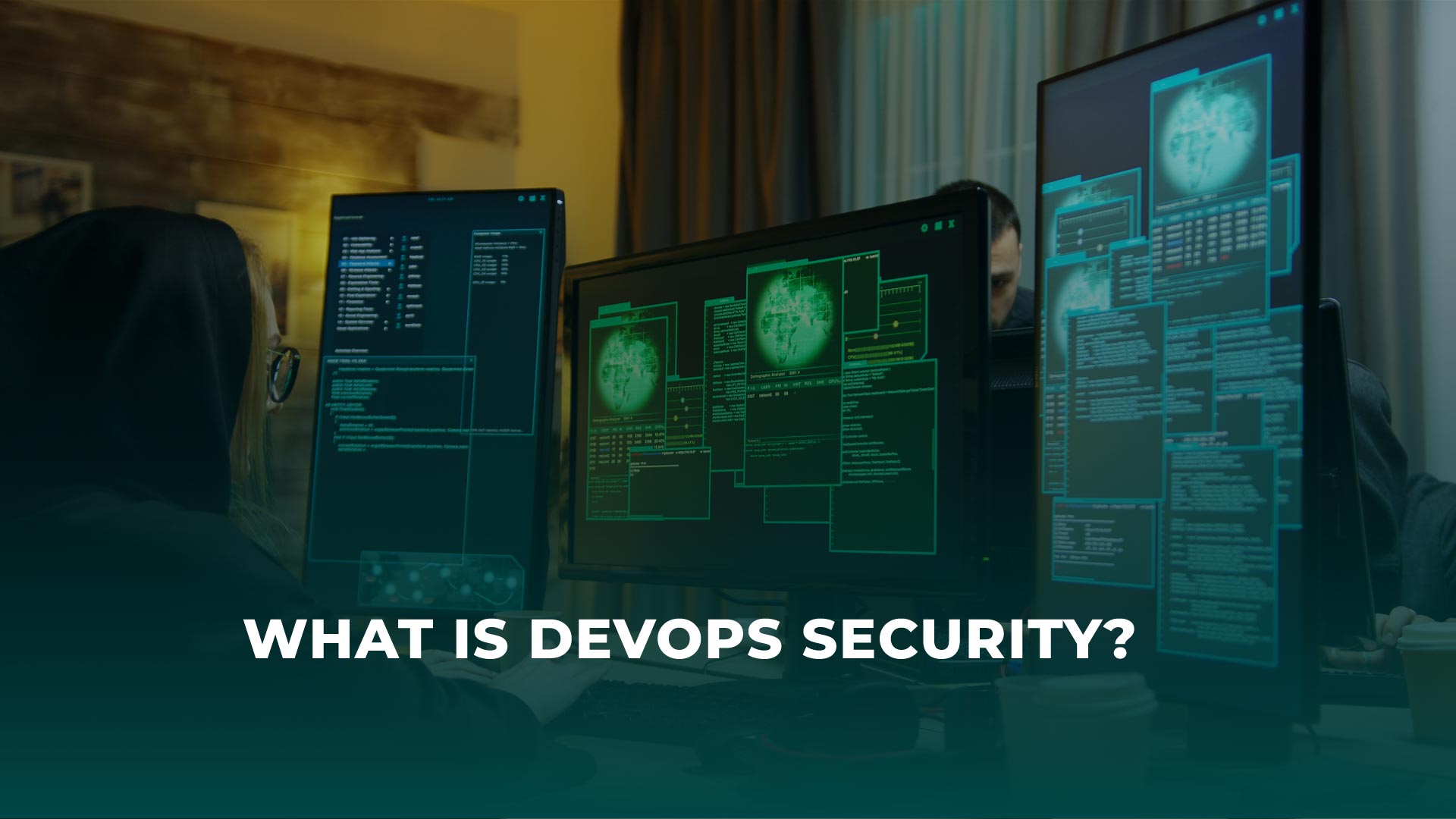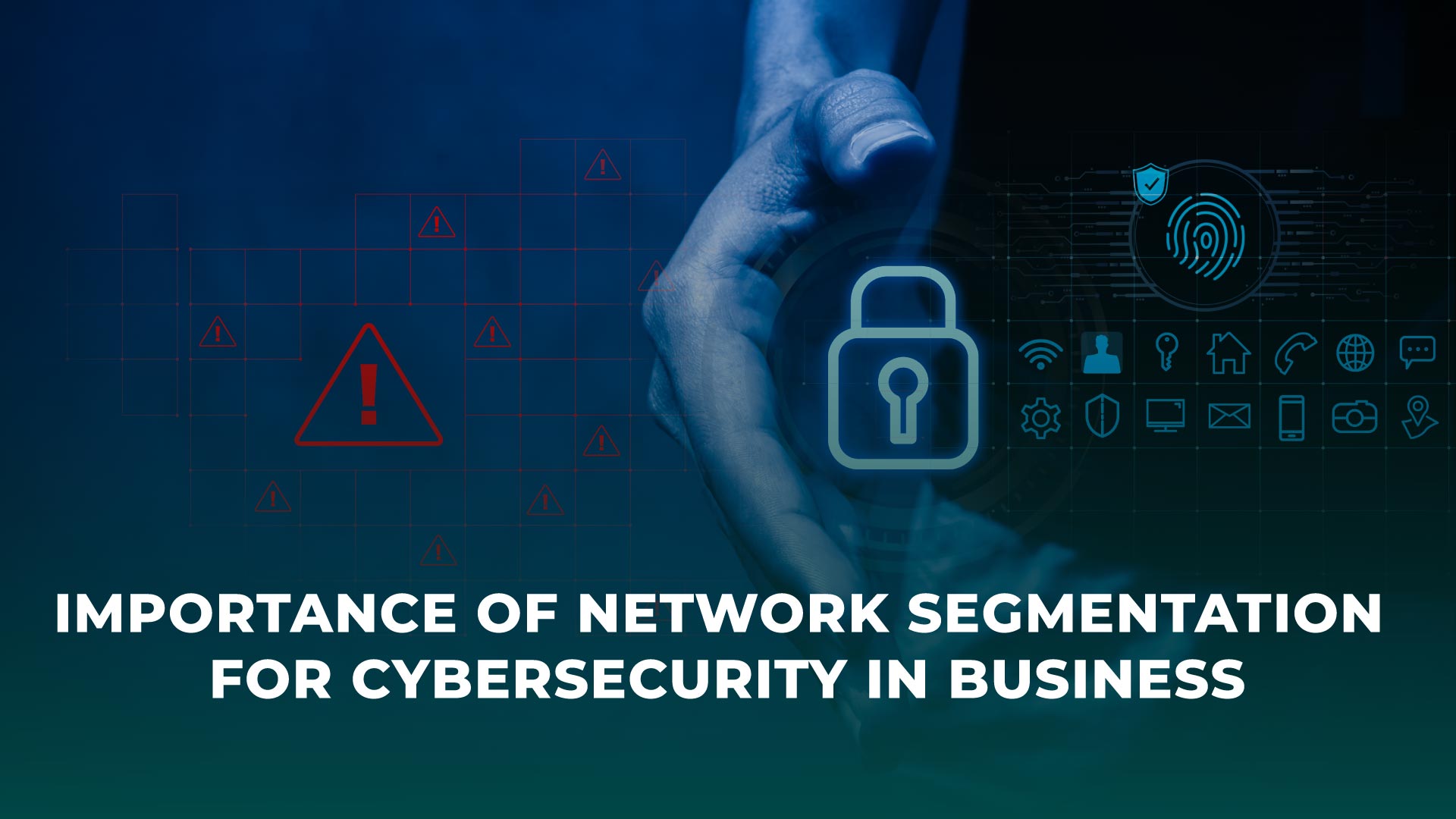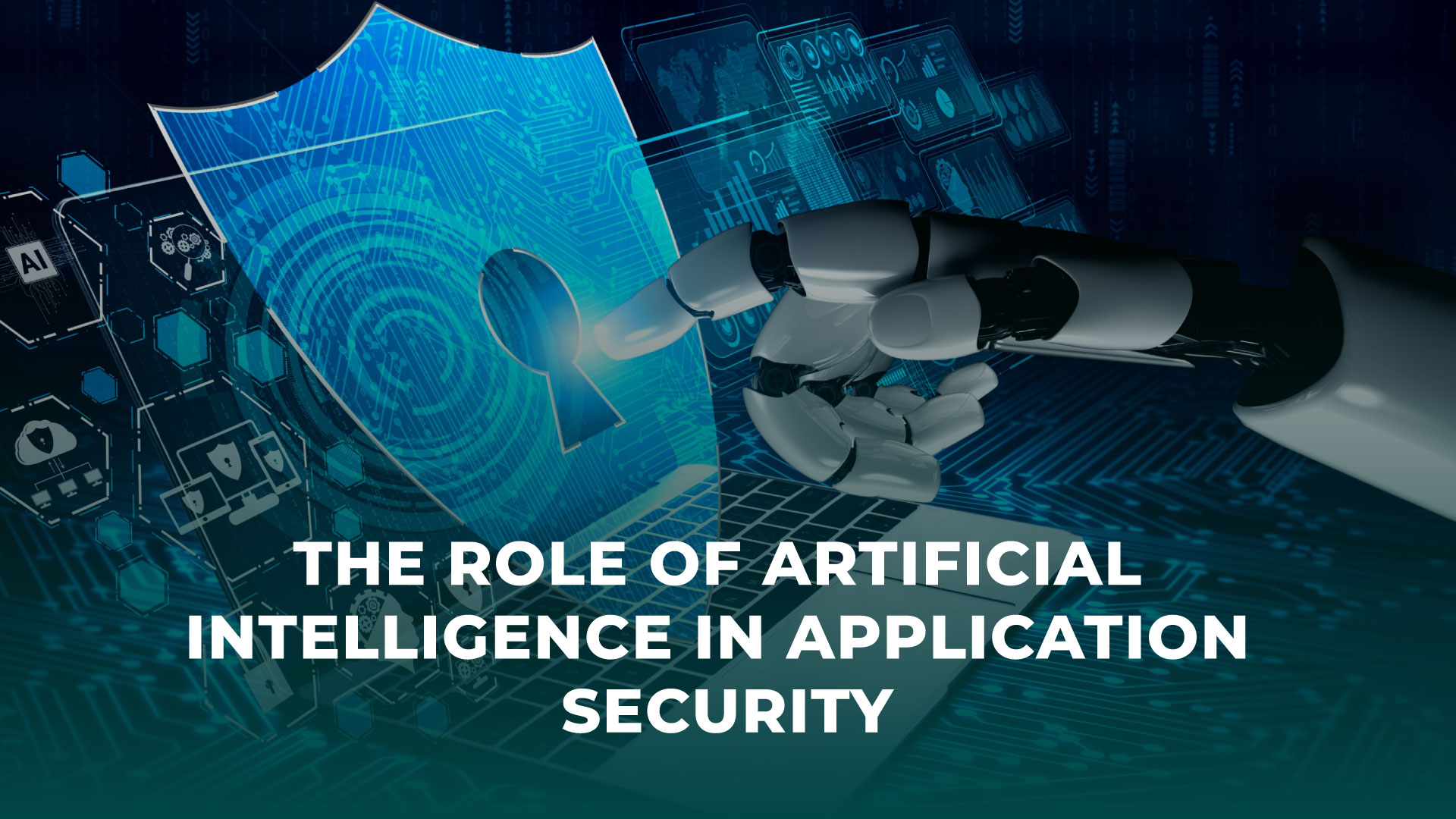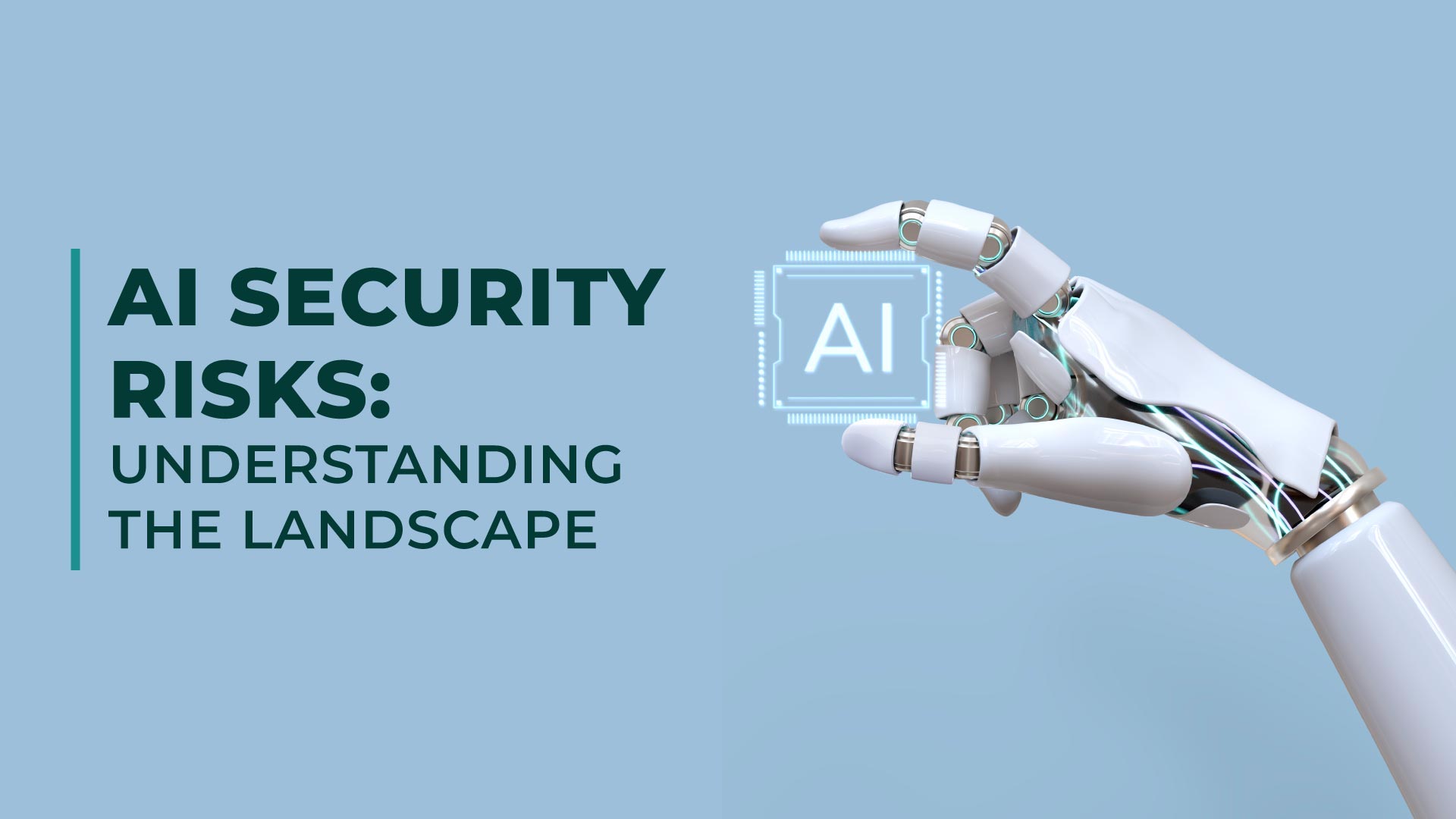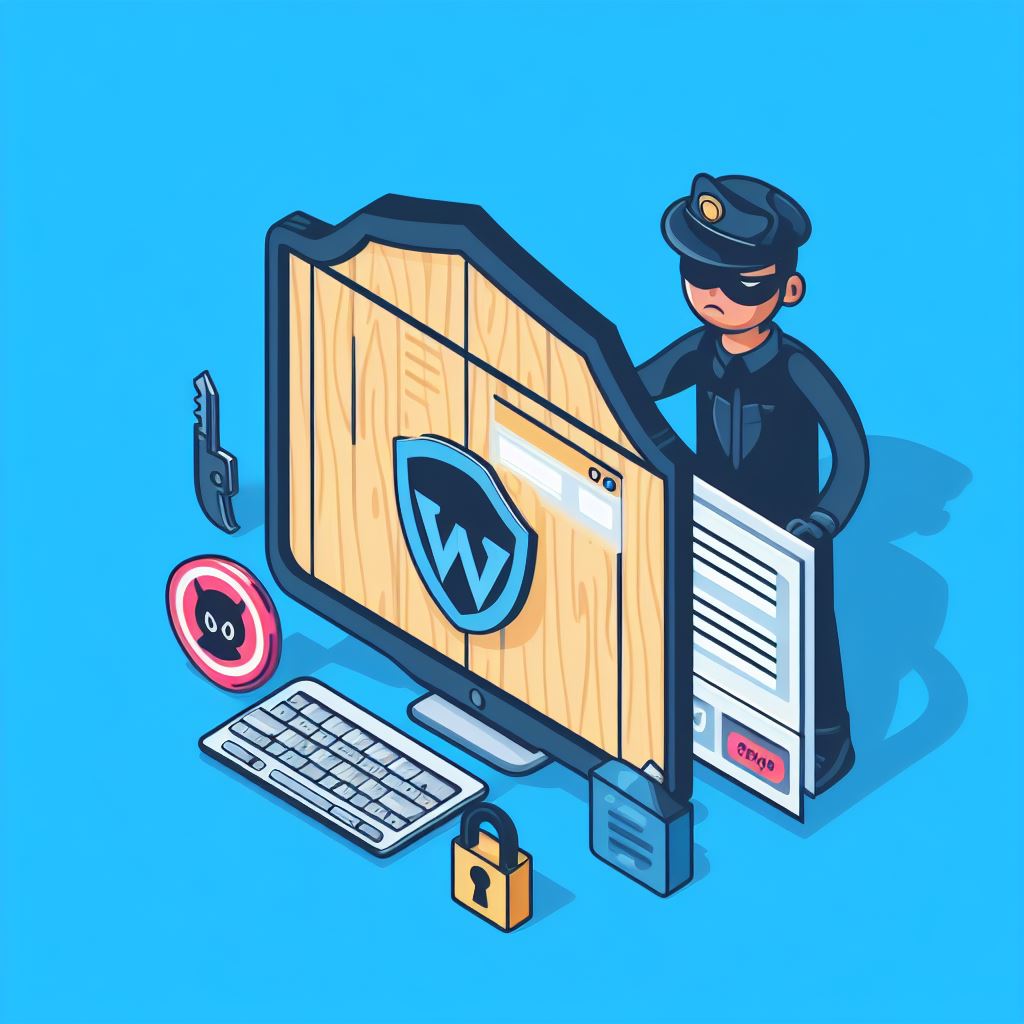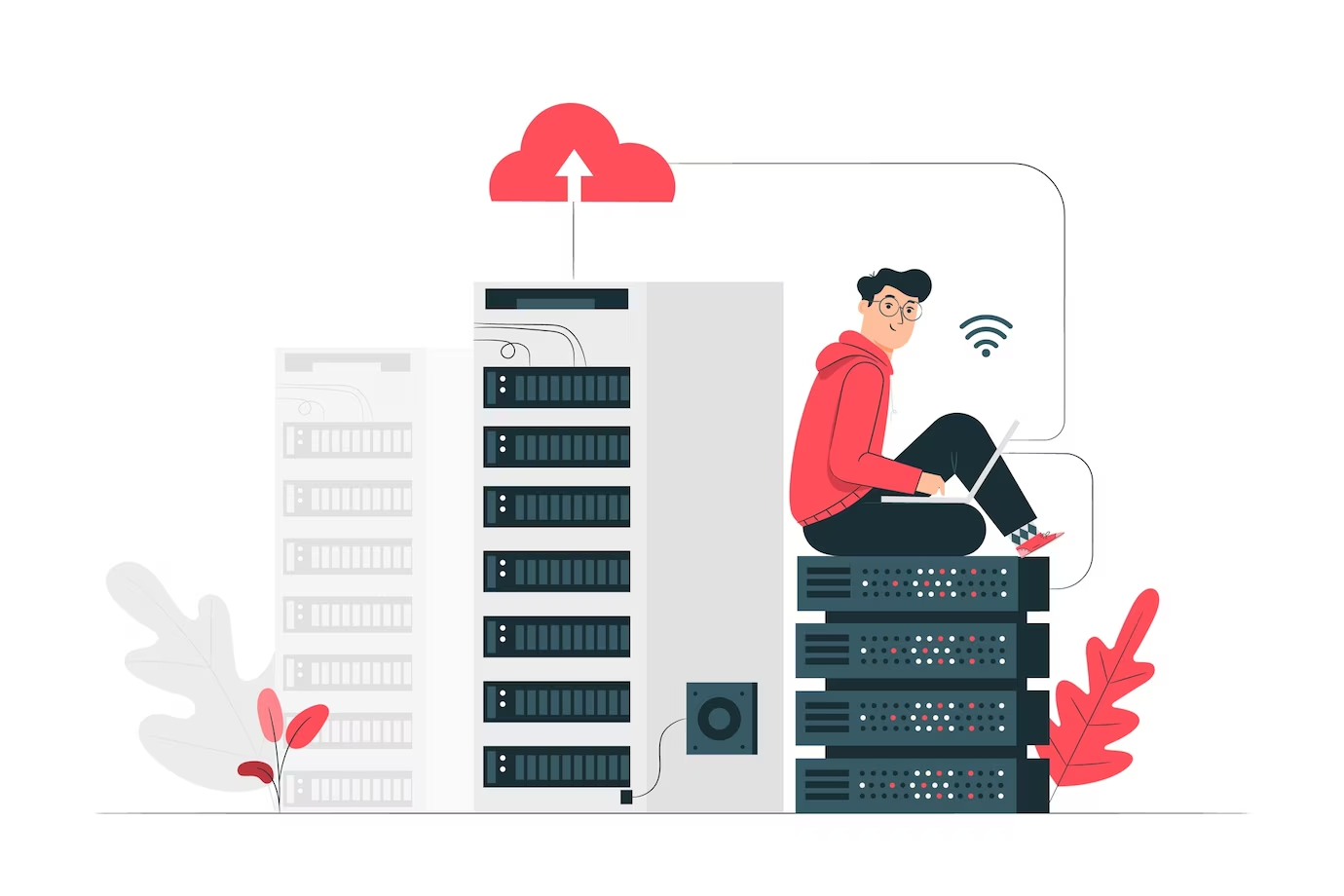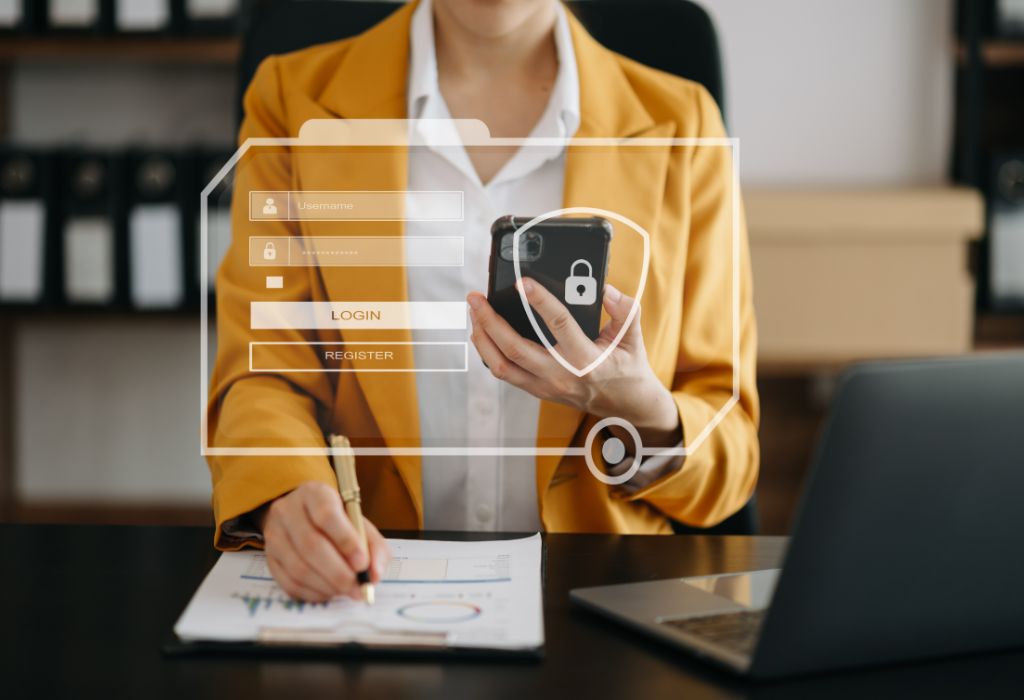What is DevOps Security
November 30, 2023
Importance of Network Segmentation for Cybersecurity in Business
November 22, 2023
The Role of Artificial Intelligence in Application Security
November 12, 2023
AI Security Risks: Understanding the Landscape
November 3, 2023
14 Cybersecurity Factors to Consider for a WordPress Website
October 13, 2023
